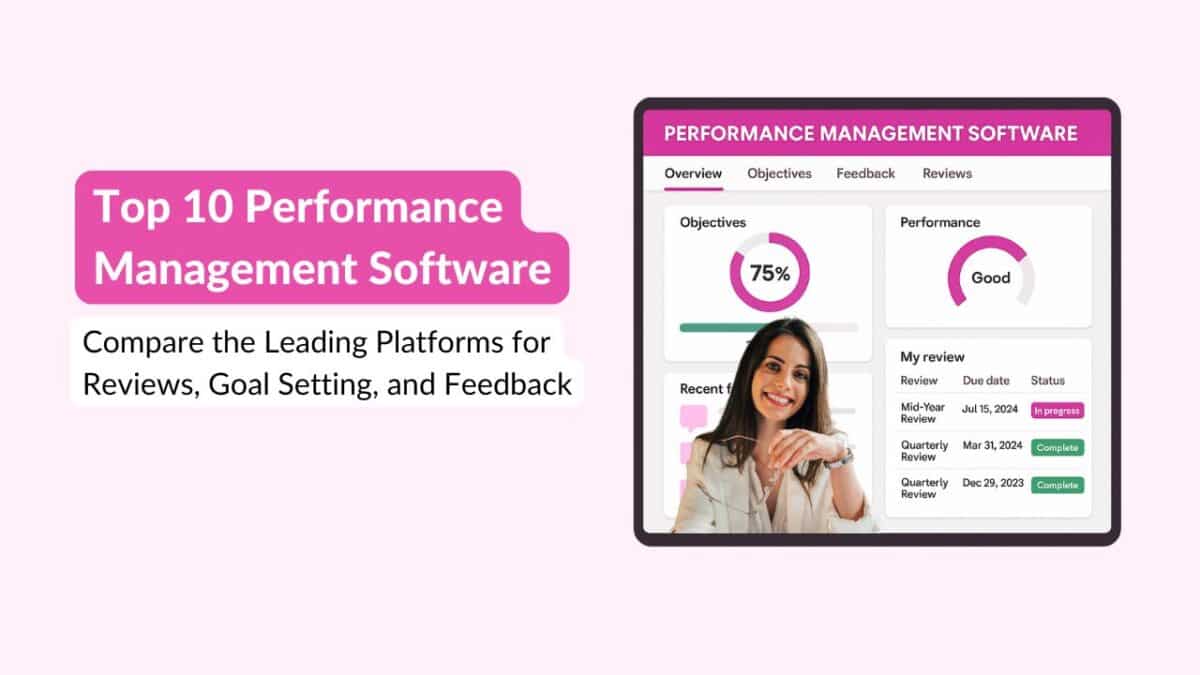A familiar situation: the team can no longer cope with the volume of work, and the manager hires another employee. This is a perfectly logical decision, but far from always effective.
Social psychologists have come to the conclusion that in a team, a person tends to put less effort than in individual work.
In this article, we are going to tell you how to make teams work without losing efficiency, why to monitor employee performance, and how to improve performance management metrics.
What Is Performance Management?
The most important goal in experimenting with performance management (PM) is to develop ways to align it more closely with company performance. As organizations become more team-oriented, a PM is also beginning to shift from focusing only on an employee’s individual performance to evaluating their contributions to the team, and the team’s impact on overall business goals.
Cisco, GE, Google and Cloudways were the first to implement this model. These companies have built software to understand team dynamics, assess group goal systems, and evaluate how effectively employees contribute to their teams. The goal of performance management is now transformed from improving an individual employee’s performance to improving team results.
What Is the Ringelmann Effect?
Maximilian Ringelmann, a French agronomist, conducted an experiment in which he asked participants to pull a rope as hard as they could, first alone, then in pairs, threes, and finally in a group of eight.
Being alone, the participant applied a force equivalent to 63 kilograms. It is logical to assume that two people together would apply a force of 126 kg, three people would apply a force of 189 kg, and so on.
But the results showed that as the number of participants increased, everyone’s individual effort decreased. The more people are there in the group, the less efficient each of them becomes. This phenomenon has been called “social laziness”.
5 Ways to Cope with the Ringelmann Effect
Increase Tasks as the Group Grows
When a manager tells employees that a new employee will join the team, he or she sends an unconscious message: “Now you can work less”.
This triggers the Ringelman effect. Instead of that, you should say: “We did 100% of the work when there were X people. Now, there are X+1 of us, let’s do 120%.”
Keep Everyone Motivated
When people embark on new tasks, it’s important for them to understand that their work makes sense.
Constantly remind employees what the point of their job is, and why they are doing a particular task. It will help you keep them engaged.
It’s important that each employee understands exactly how much he or she contributes to the organization’s goals.
Remember Exactly What Everyone’s Tasks Are
In order to evaluate an employee’s productivity and how it changes as the team grows, a manager or HR needs to understand everyone’s range of responsibilities. Well, let’s say that you run such a business type as an LLC. Then, it will be easier to control that since all the nuances of the company are outlined in one document, which is known as an Operating Agreement. In this case, he or she will more quickly notice that the work is performed worse/slower. Accordingly, this person will be able to take action more quickly.
Increase the Sense of Responsibility in the Group
The aim of the leader is to set tasks and achieve their fulfillment.
Leaders should show that they need the professionalism and assistance of the employees in order to achieve goals. In this case, employees feel significant, indispensable, and make more efforts.
Offer Employees the Role of Mentors
If you are hiring someone, offer current employees to act as mentors and help integrate and onboard the newcomer. This will increase productivity. Invest in mentoring software such as Mentoring Complete to find the right mentor-mentee match. Their 3 step matching process and proprietary algorithm ensures that employees are paired with the correct mentor.
A Few More Tips for Successful Performance Management
Set SMART Goals
One of the most important aspects that directly impact performance is SMART goal setting. SMART stands for Specific, Measurable, Actionable, Relevant, and Time bound goals. If the tasks you set meet these criteria, your employees won’t encounter confusion and will know exactly what they need to do and why. It will help them stay focussed and stay engaged at work.
Poorly set goals and tasks are bound to cause miscommunication between managers and employees, poor performance, and uncertainty.
Focus on Team Accomplishments
If the goals and tasks should be transparent and clear to all team members, as we mentioned above, so should the results and achievements. When people work together on the same project, neither the goals nor the results should be made confidential.
Connect With Your Employees Frequently
Employees should always be informed of all company innovations, new projects, and any other relevant information. That’s why we advise you to always keep in touch with your employees. Especially in the case when they contact you in order to get answers to their questions. Start using email marketing to always be in communication with your employees and strengthen the connection between departments. This is especially relevant for remote employees.
Conduct Surveys
Periodic surveys help managers assess team effectiveness. Regular engagement surveys or “pulse” employee surveys provide insight into when and why some teams are ineffective, dissatisfied, or frustrated.
Do Annual Reviews on Employee Productivity
Depending on the size of a company, you may want to do this more frequently (semi-annually or quarterly). This can give you a full picture of each individual employee’s performance, helps qualitatively assess the situation and receive clear data. With this data, it will be much easier for you to define a strategy to improve the performance of teams or individual employees.
What’s more, to make your job easier, you can use one of the platforms to collect information on employee productivity. These platforms count the number of tasks completed, and the time spent on them. Some of these platforms even automatically average values and allow you to see ready figures for a certain period.
Trust Your Employees
This point arises from the previous one. Why should leaders collect information about employee performance? A few years ago, it was done solely to evaluate the productivity of a person, nothing more. At most, it was the reason to get a reward. But not today.
Now, most successful managers, leaders, and business owners focus on coaching and developing the skills of their employees. This means that when they notice a problem in performance, they first want to help their employees solve it.
Conclusion
Match performance management to strategic and organizational needs: the basic principles of metrics, flexible goal setting, and frequent feedback are becoming commonplace around the world. But some companies still want formal reviews, numerical ratings, and development plans. Organizational culture takes years to change, so companies have to adopt these methods at a speed that works for business.
Want to know how Engagedly can help you with performance management? Request a demo today.
Request A Demo
Guest blog contribution by Dmitry Tsybuliak
Dmitry is the co-founder of AG Inc., a digital agency that specializes in website design and digital marketing. With over 10 years of experience in the technology, SEO and digital marketing industry, he is passionate about helping online businesses take their branding to the next level.
Author
Srikant Chellappa
CEO & Co-Founder of Engagedly
Srikant Chellappa is the Co-Founder and CEO at Engagedly and is a passionate entrepreneur and people leader. He is an author, producer/director of 6 feature films, a music album with his band Manchester Underground, and is the host of The People Strategy Leaders Podcast.






